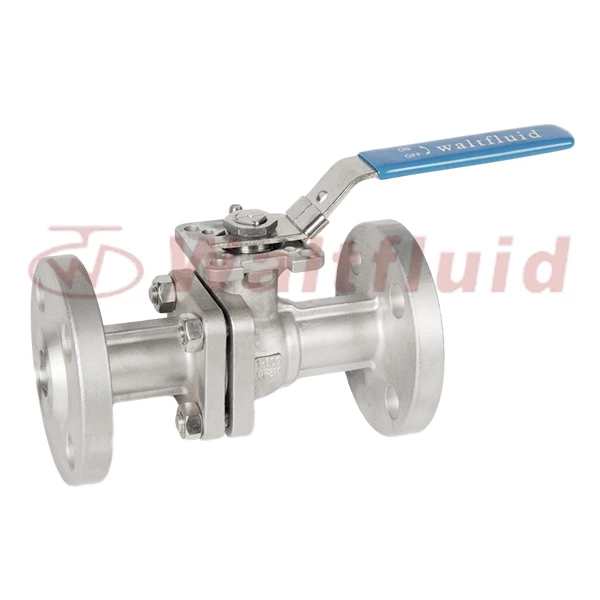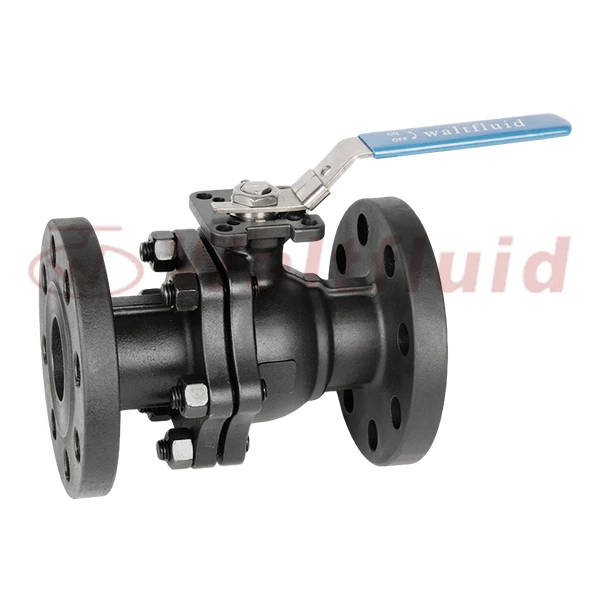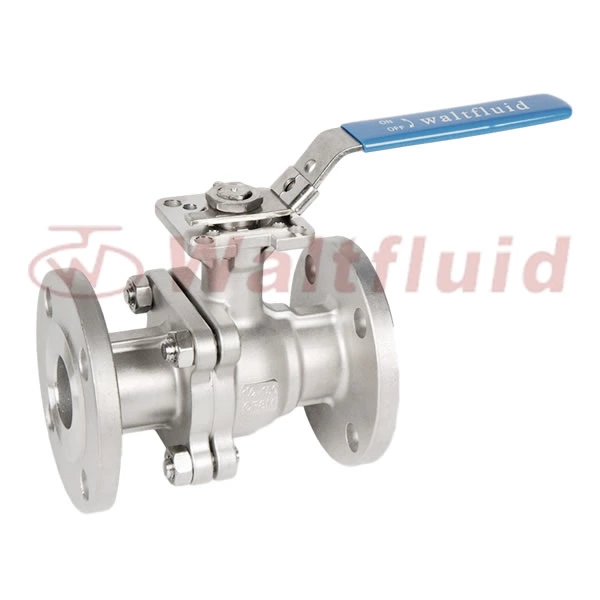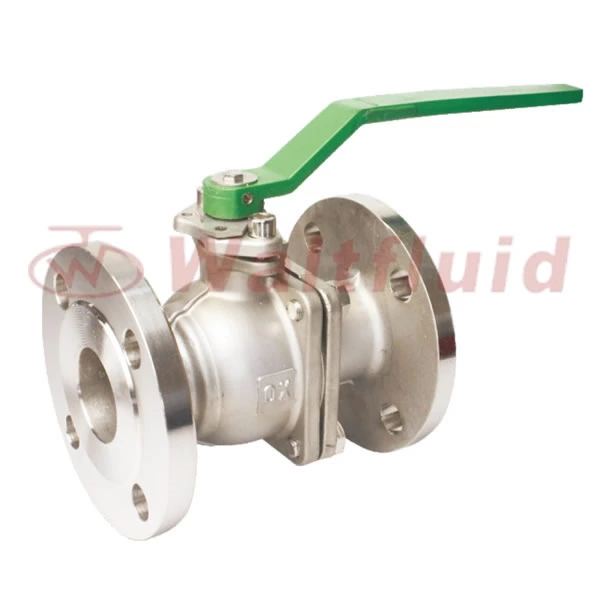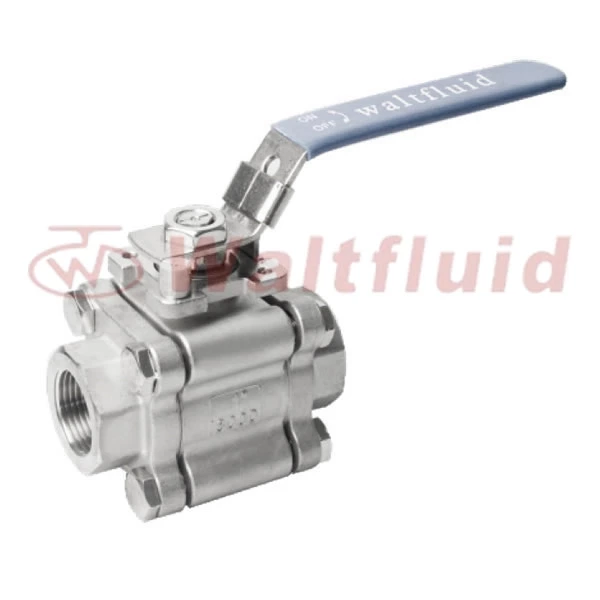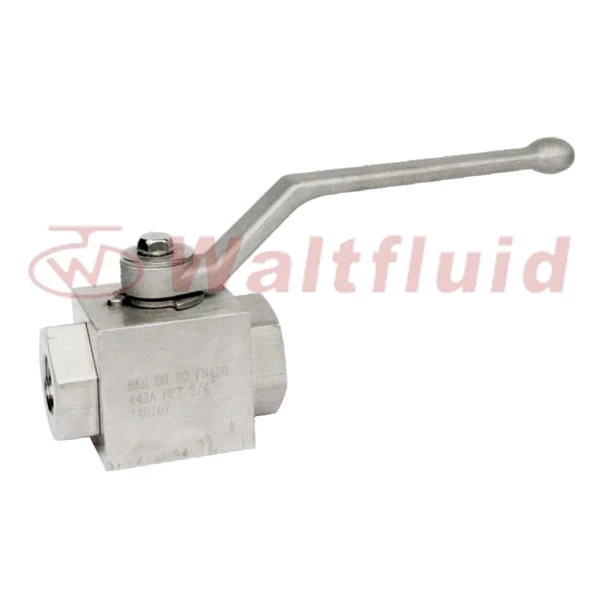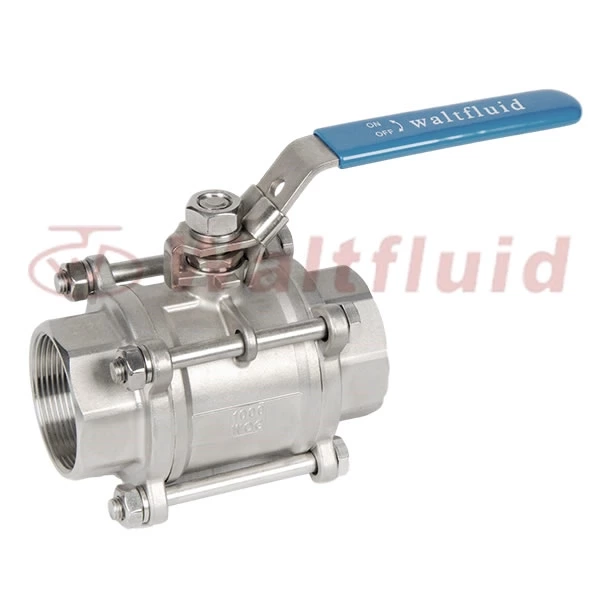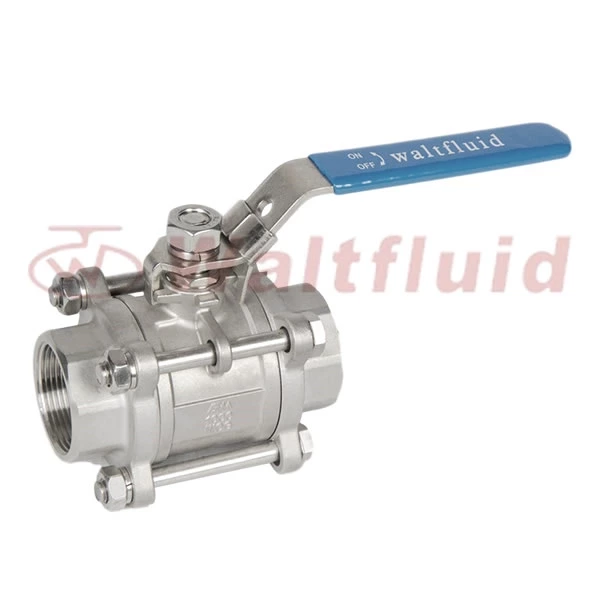How To Properly Install And Maintain Stainless Steel Stop Valves To Extend Their Service Life
Proper installation and maintenance of 3 Piece Ball Valve are important to extend its service life and ensure system reliability. The following is a detailed installation and maintenance guide to help you properly operate and maintain stainless steel stop valves:
1. Installation steps
1.1 Preparation
Check the valve: Before installation, check whether the model, size and pressure rating of the stop valve meet the system requirements. Make sure the valve looks intact and has no damage or defects.
Clean the pipeline: Make sure there are no foreign matter, welding slag, rust or other contaminants inside the pipeline, which may affect the performance of the valve or cause damage.
1.2 Pre-installation inspection
Check the valve marking: Confirm the marking and nameplate information on the valve, including manufacturer, model, pressure rating and material, to ensure that it meets the design requirements.
Valve direction: Follow the arrow mark on the valve to ensure that the flow direction of the valve is consistent with the flow direction of the pipeline.
1.3 Installation process
Connection method: Select the appropriate connection method (flange, thread or welding), and ensure that the connection part is clean and flat.
Threaded connection: Use appropriate sealing tape or sealant to avoid leakage at the threaded connection. Avoid over-tightening to avoid damage to the valve.
Flange connection: Make sure the flange surface is flat, use appropriate gaskets, and tighten the bolts evenly according to the specified torque to ensure good sealing.
Welding connection: If welding connection is used, ensure that the welding process meets the standards and avoid the influence of high temperature on the valve during welding.
1.4 Debugging
Switch operation: After installation, operate the switch of the valve to ensure smooth movement of the valve without sticking or abnormal resistance.
Check for leaks: Before pressurizing the system, check for leaks at the valve connection. If necessary, make appropriate adjustments or repairs.
2. Maintenance recommendations
2.1 Regular inspection
Appearance inspection: Regularly inspect the appearance of the valve to confirm whether there is corrosion, cracks, oil leakage or other obvious damage.
Operation inspection: Operate the valve regularly to ensure that its switch action is smooth and there is no sticking. Check the sealing performance of the valve to ensure no leakage.
2.2 Cleaning
Regular cleaning: Regularly clean the outside of the valve to remove dust, dirt and other contaminants. Use appropriate cleaning agents and tools to avoid damage to the valve surface.
Internal disassembly and cleaning: If necessary, disassemble the valve regularly for internal cleaning. Ensure that the internal parts are not damaged during the cleaning process.
2.3 Lubrication
Lubricant selection: Use suitable lubricants to lubricate the moving parts of the valve. Commonly used lubricants include high-temperature grease or silicone grease.
Lubrication cycle: Lubricate the valve stem and other moving parts of the valve regularly according to the frequency of use and working conditions.
2.4 Corrosion protection
Surface protection: For valves exposed to corrosive environments, regularly check and maintain the anti-corrosion coating. Re-coat if necessary.
Environmental control: Try to control the environment around the valve to avoid long-term exposure to humid or corrosive gases.
2.5 Repair and replacement
Maintenance plan: Develop a detailed valve maintenance plan and carry out necessary inspections and adjustments in a timely manner.
Spare parts replacement: If the valve seal, valve stem or other key components are found to be severely worn, they should be replaced in time to maintain the normal function of the valve.
2.6 Avoid misoperation
Operation procedures: Follow the operating procedures to avoid overload operation or frequent opening and closing of the valve, which may cause increased wear or damage to the valve.
Education and training: Train operators to ensure that they understand the correct operating methods and maintenance requirements.
Summary
Proper installation and maintenance are important for the long-term reliable operation of stainless steel stop valves. By strictly following the installation steps and performing regular inspections, cleaning, lubrication, corrosion protection and maintenance, the service life of the valve can be effectively extended and the stability of the system can be ensured.
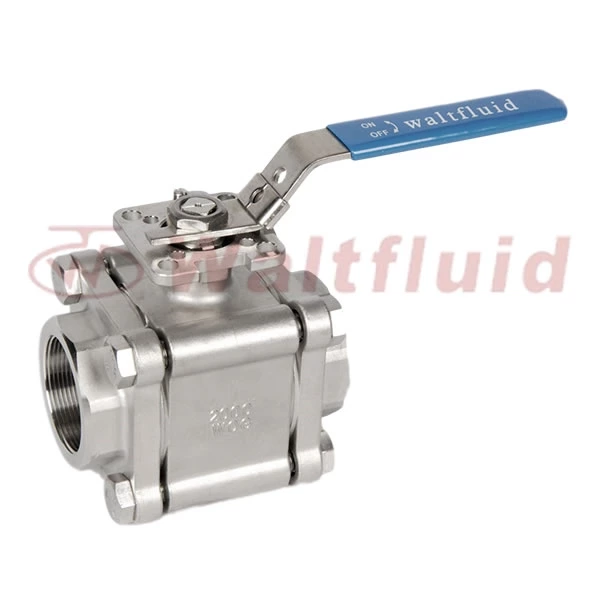
 English
English 中文
中文 Pусский
Pусский  Español
Español
